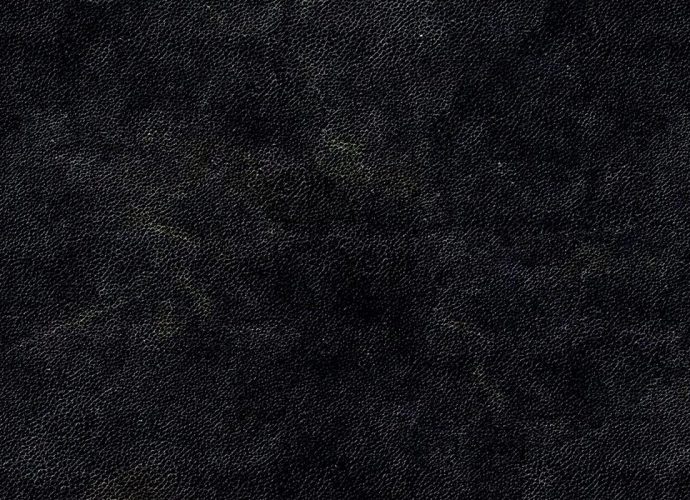Is A Reverse Diet Worth It?
You should expect to gain at least a little bit of weight over the reverse dieting process, which may take upward of 4 – 6 months depending on your starting point, goal, and the rate at which you increase calories each week. Is reverse dieting bad for you? The constantRead More →









